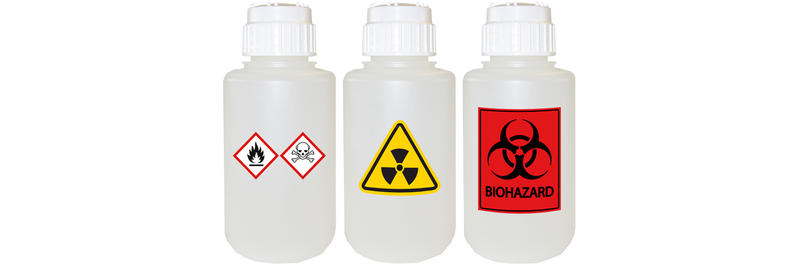Reclaim Waste Fundamentals Explained
Reclaim Waste Fundamentals Explained
Blog Article
The Ultimate Guide To Reclaim Waste
Table of ContentsThe 30-Second Trick For Reclaim WasteThe Main Principles Of Reclaim Waste The smart Trick of Reclaim Waste That Nobody is DiscussingReclaim Waste - The FactsMore About Reclaim Waste
Domestic sewage waste refers to the waste and products from a household septic storage tank. The proper monitoring and disposal of domestic sewage waste need liquid waste to be transferred to a sewer treatment plant where the correct techniques and tools are used to cleanse and dispose of waste.
Commercial waste frequently consists of possible hazards, such as flammable products or a mix of fluid and strong waste products, and requires an extra advanced and detailed disposal process. The disposal of commercial waste generally includes the filtration of waste before transportation to ensure risk-free and appropriate disposal. Industrial waste is created from results and overflow of industrial processes and manufacturing.
This kind of waste can not make use of the same sewer management transport or processes as septic or industrial liquids. The commercial waste management process requires the inspection and screening of liquid waste before it goes through the disposal process (liquid waste disposal melbourne). Overflow waste is the fluid waste that comes from drainage and excess stormwater in highly booming locations or cities
Overflow waste can cause contamination and flooding if not handled properly. Making certain appropriate waste monitoring can avoid catastrophes and minimize ecological damage.
A Biased View of Reclaim Waste
Get in touch with PROS Solutions today to learn more about our waste monitoring and disposal services and the correct methods to take care of the fluid waste you create.
(https://moz.com/community/q/user/reclaimwaste1)Do you recognize what happens to your water when you disengage, flush the toilet or drain the cleaning maker? No? Well, it deserves understanding. This so-called 'wastewater' is not only an essential resource but, after therapy, will certainly be launched to our land, waterways or the sea. Utilized water from commodes, showers, baths, kitchen area sinks, washings and industrial processes is understood as wastewater.

water used to cool machinery or tidy plant and equipment). Stormwater, a form of wastewater, is overflow that streams from farming and urban areas such as roof coverings, parks, gardens, roads, paths and seamless gutters into stormwater drains, after rainfall. Stormwater flows neglected straight to regional creeks or rivers, eventually reaching the sea.
The smart Trick of Reclaim Waste That Nobody is Talking About
In Queensland, most wastewater is dealt with at sewage treatment plants. Wastewater is transferred from residential or industrial websites with a system of sewers and pump terminals, called sewerage reticulation, to a sewage therapy plant. City governments construct, maintain and run most sewage treatment plants. Operators are accredited under the Environmental Management Act 1994 to release cured wastewater at an acceptable ecological standard right into rivers.
The Division of Natural Resources encourages local federal governments concerning managing, operating and keeping sewage systems and therapy plants. In unsewered areas, local governments may call for owners to set up specific or family sewer therapy systems to treat residential wastewater from toilets, kitchens, restrooms and washings. The Division of Natural Resources authorises the use of household systems when they are confirmed to be efficient.
A lot of stormwater gets no therapy. In some new class, therapy of some stormwater to get rid of clutter, sand and gravel has begun using gross contaminant catches. Wastewater treatment occurs in 4 phases: Removes solid issue. Larger solids, such as plastics and other items mistakenly discharged to sewers, are removed when wastewater is gone through displays.
Utilizes little living microorganisms knows as micro-organisms to break down and eliminate continuing to be dissolved wastes and fine fragments. Micro-organisms and wastes are included in the sludge.
The Facts About Reclaim Waste Revealed
Nutrient elimination is not readily available at all sewage treatment plants because it requires expensive specialist devices. Clear liquid effluent created after therapy may still include disease-causing micro-organisms - liquid waste removal melbourne.

The majority of wastewater moves right into the sewage system. Under the Act, regional governments carry out authorizations and licences for ecologically appropriate tasks (ERAs) entailing wastewater launches that may have a neighborhood impact.
All About Reclaim Waste
Or else, examples are taken for lab evaluation. Typically lots of examinations are needed to establish the levels of each of the various toxins such as oils, heavy metals and chemicals in water. Surveillance supplies accurate information regarding water high quality and can validate that permit conditions are being met. The info acquired with surveillance gives the basis for making water quality decisions.
Report this page